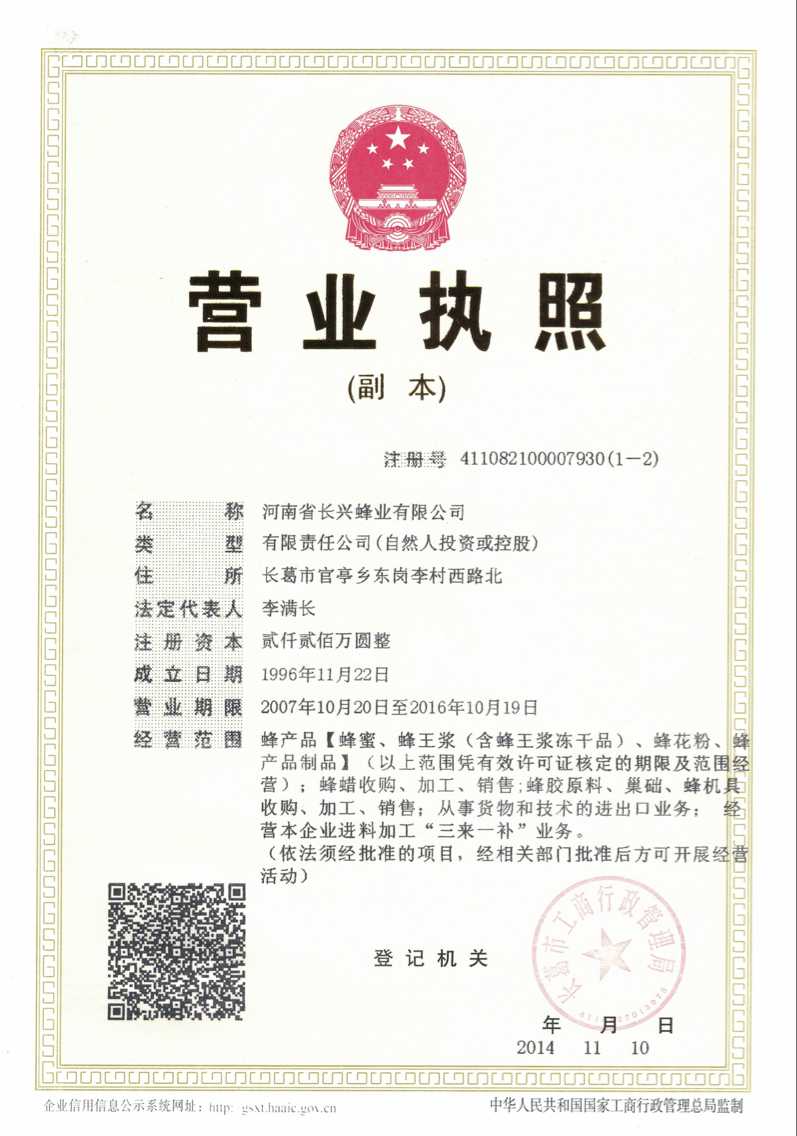

Prix FOB
Obtenir le dernier prix|
- Minimum Order
Pays:
China
N ° de modèle:
-
Prix FOB:
Localité:
-
Prix de commande minimale:
-
Commande minimale:
-
Packaging Detail:
as your requirement
Heure de livraison:
-
Capacité de Fournir:
-
Payment Type:
-
Groupe de produits :
-
Personne à contacter Susie
Zhengzhou, Henan


 Propolis is a resinous mixture that honey bees
collect from tree buds, sap flows, or other botanical sources. It
is used as a sealant for unwanted open spaces in the hive. Propolis
is used for small gaps, while larger spaces are usually filled
withbeeswax. Its color varies depending on its botanical source,
the most common being darkbrown. Propolis is sticky at and above
room temperature. At lower temperatures it becomes hard and very
brittle.
Propolis is a resinous mixture that honey bees
collect from tree buds, sap flows, or other botanical sources. It
is used as a sealant for unwanted open spaces in the hive. Propolis
is used for small gaps, while larger spaces are usually filled
withbeeswax. Its color varies depending on its botanical source,
the most common being darkbrown. Propolis is sticky at and above
room temperature. At lower temperatures it becomes hard and very
brittle.
For centuries, beekeepers assumed that bees
sealed the beehive with propolis to protect the colony from the
elements, such as rain and cold winter drafts. However, 20th
century research has revealed that bees not only survive, but also
thrive, with increased ventilation during the winter months
throughout most temperate regions of the
world.
Propolis is now believed
to:
1.
reinforce the structural stability of the
hive
2.
reduce vibration
3.
make the hive more defensible by sealing alternate
entrances
4.
prevent diseases and parasites from entering the hive, and to
inhibit bacterial growth
5.
prevent puterfaction within the hive. Bees usually carry waste out
of and away from the hive. However if a small lizard or mouse, for
example, found its way into the hive and died there, bees may be
unable to carry it out through the hive entrance. In that case,
they would attempt instead to seal the carcass in propolis,
essentially mummifying it and making it odorless and
harmless
| Pays: | China |
| N ° de modèle: | - |
| Prix FOB: | Obtenir le dernier prix |
| Localité: | - |
| Prix de commande minimale: | - |
| Commande minimale: | - |
| Packaging Detail: | as your requirement |
| Heure de livraison: | - |
| Capacité de Fournir: | - |
| Payment Type: | - |
| Groupe de produits : | - |